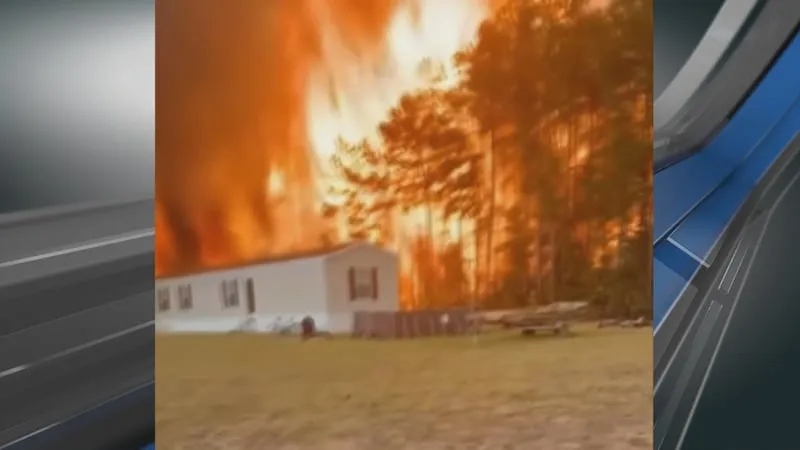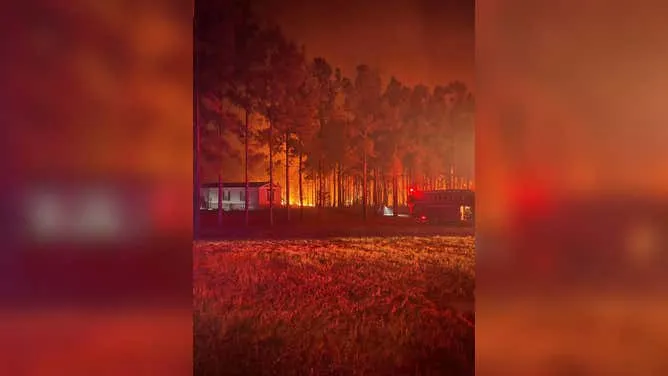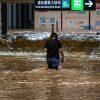As the Tiger Island fire raged just meters from her community, Necole Allen took matters into her own hands. Alongside her two daughters and other members of the small community of Graybow, in south-western Louisiana, they formed a volunteer brigade to combat the inferno. With local authorities overwhelmed, they improvised, mustering seven bulldozers and an impromptu fire engine: a large water tank and hose attached to a truck. They worked tirelessly for almost 24 hours straight, and despite the extreme heat and flames licking at the roadway, they managed to contain the fire, losing only one home in the community. “In my entire life, I have never seen a fire this large,” Allen recalled, surveying the smoking embers and thick smog.
The unprecedented ferocity of the Tiger Island fire, which burned over 12,000 hectares (30,000 acres), came amid an extreme drought and record heat in Louisiana, one of the wettest US states currently in the peak of its annual hurricane season. Over the weekend, smoke from wildfires outside New Orleans brought haze into the city as temperatures soared to 41C (105F), marking the hottest weekend on record in the area. About 400 fires have burned in the state in recent weeks, causing at least two fatalities, part of a global wave of extreme weather that scientists warn will become the norm without drastic action to address the climate crisis.
John Bel Edwards, the Louisiana governor, said, “This is the hottest and driest summer in state history. We need a lot more rain before it’s safe out there.” Disaster relief workers, stationed near the fire’s perimeter, expressed exhaustion as they prepared hundreds of meals for first responders on the frontlines. Tom Bruce, an organizer with the Southern Baptist convention’s disaster relief program, had responded to numerous disasters in the area, including back-to-back hurricanes in 2020. Some residents still have blue tarps covering their roofs three years later.

Others expressed concerns about the long-term economic impact of the fire. Beauregard parish, where many towns affected by the fire are located, is heavily dependent on the logging industry. Kelly Bailey, a district president of the parish police jury, said authorities were unsure how much timber had burned in the fire but added, “This is going to kill our economy. I don’t know what else to tell you.” Despite exhaustion and fear, Bailey stressed that their community would not stop fighting: “I am tired, all of our people are exhausted… But let me tell you something. We won’t stop. We have lost homes, but we have not lost any lives.”
Like many residents in this heavily Republican region, Bailey was reluctant to draw a link between the disaster and the climate crisis. Back at the fire’s perimeter, as it started to rain, Necole Allen felt a moment of relief: “The things we saw here the other night were just unbelievable. We’ve never dealt with anything like it before.” She felt “blessed”, not “lucky”. But then she thought about her husband, an electrical lineworker, who had left early that morning to help with another disaster, Hurricane Idalia, which was barreling towards land on the Gulf coast of Florida.

